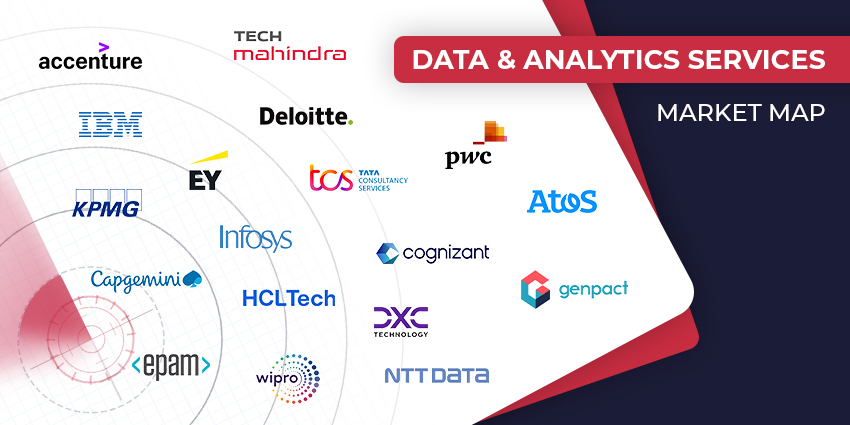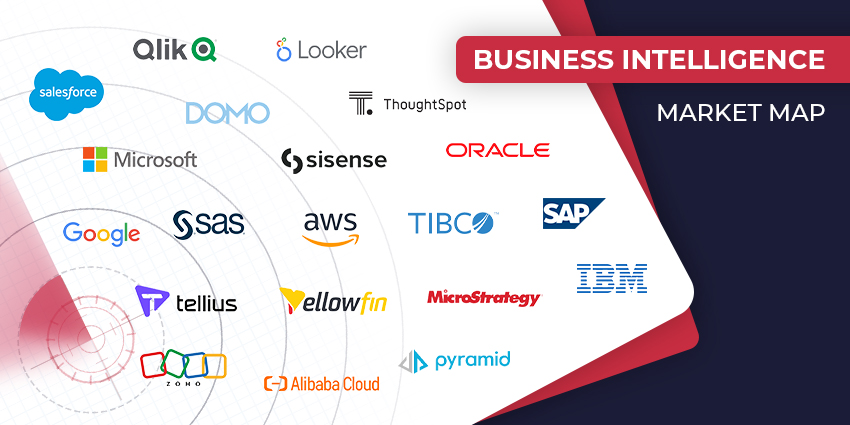Once upon a time, we considered artificial intelligence to be nothing more than a science-fiction story. Now, it’s something that’s become an increasingly important part of our lives, both in the consumer world, and the professional environment. From a consumer perspective, we use Artificial Intelligence (AI) to connect with the internet more conveniently, asking Siri to search for answers to our questions, or requesting that Alexa add a new batch of printer ink to our shopping carts.
In the professional world, the potential of AI is still evolving to change the way that we produce products, interact with customers, and collaborate with each other.
AI and Contextual Communications
A Walker study predicts that customer experience will overtake price and product as the key differentiators for brands by 2020. In a world where consumers have more options than ever before, it’s the brand that can offer a customised, contextual experience that will get ahead of the game. AI has emerged as a powerful resource in this practice, by allowing organisations to tap into machine learning algorithms and uncover unique information about their customers.
With an AI-enabled contact centre service, you can assess thousands of conversations between customers and agents at once, determining which questions are the most important for your clients, and how well each agent can respond to certain queries. The more your AI system learns, the more it can begin to adjust your contact centre experience on your behalf, automatically directing the right customers to the right agents, and even providing those agents with the contextual information they need to avoid asking users repetitive questions.
As strategies like sentiment analysis continue to evolve, AI systems will be able to take predictive and prescriptive measures to keep your Customer Experience (CX) initiative on track. For instance, if a customer begins to become frustrated with a certain agent, your robot friend will be able to decide whether it’s time to call for back-up from a supervisor, or simply give the agent ideas for how they can steer the conversation into a more positive place. Cisco are already making progress in this space with their MindMeld acquisition of 2017.
The Rise of the Chatbot
Machine intelligence hasn’t just had an impact on the way that we talk to other people via telephone either. Now that omni-channel solutions for communication are becoming more popular, chatbots have emerged as a powerful solution to serve customers who expect 24/7 service from their favourite brands. Although there’s a way to go before chatbots will offer the seamless, contextually-savvy experience that your customers crave, they’re already making the average business more productive, and efficient.
With chatbots, you can answer some of your customer’s more common questions instantly, even when your agents might not be online to offer a real-time response. What’s more, chatbots allow customers to enjoy a more engaging customer experience, at a time where 70% of people believe that a company’s website should include an empowered self-service application.
A chatbot can have a real, valuable conversation with your customer – even when you can’t. They listen to problems, offer resolutions, and improve client satisfaction while the rest of your business is sleeping. Plus, the information that your chatbots collect can be used to make your AI more intelligent – strengthening your CX strategy overall. Unified Communications vendors like RingCentral are giving companies access to their very own chatbot and AI integrations.
The Value of Virtual Assistants
Virtual assistants have been at the heart of AI technology since we first began looking at how computers might be able to learn from and respond to customer queries. Your Google search bar is a primitive form of virtual assistant, because it learns from consumer searches, and offers responses to questions based on constantly-evolving algorithms.
Today, the virtual assistants we’re seeing in the UC space are growing more complex, with Alexa hook-ups and Microsoft solutions that are designed to respond to voice, as well as written text. Years ago, Steve Jobs introduced the iPhone as a revolutionary way to access tech using what we already have: “our fingers”. Now, voice-enabled virtual assistants are bridging the gap between customers and computers even further, by allowing us to speak to our machines.
We’re only touching the surface of the possibilities that AI can introduce to the UC space. As natural language processing, sentiment analysis, and other human-focused solutions continue to develop, who knows what the future could bring?







